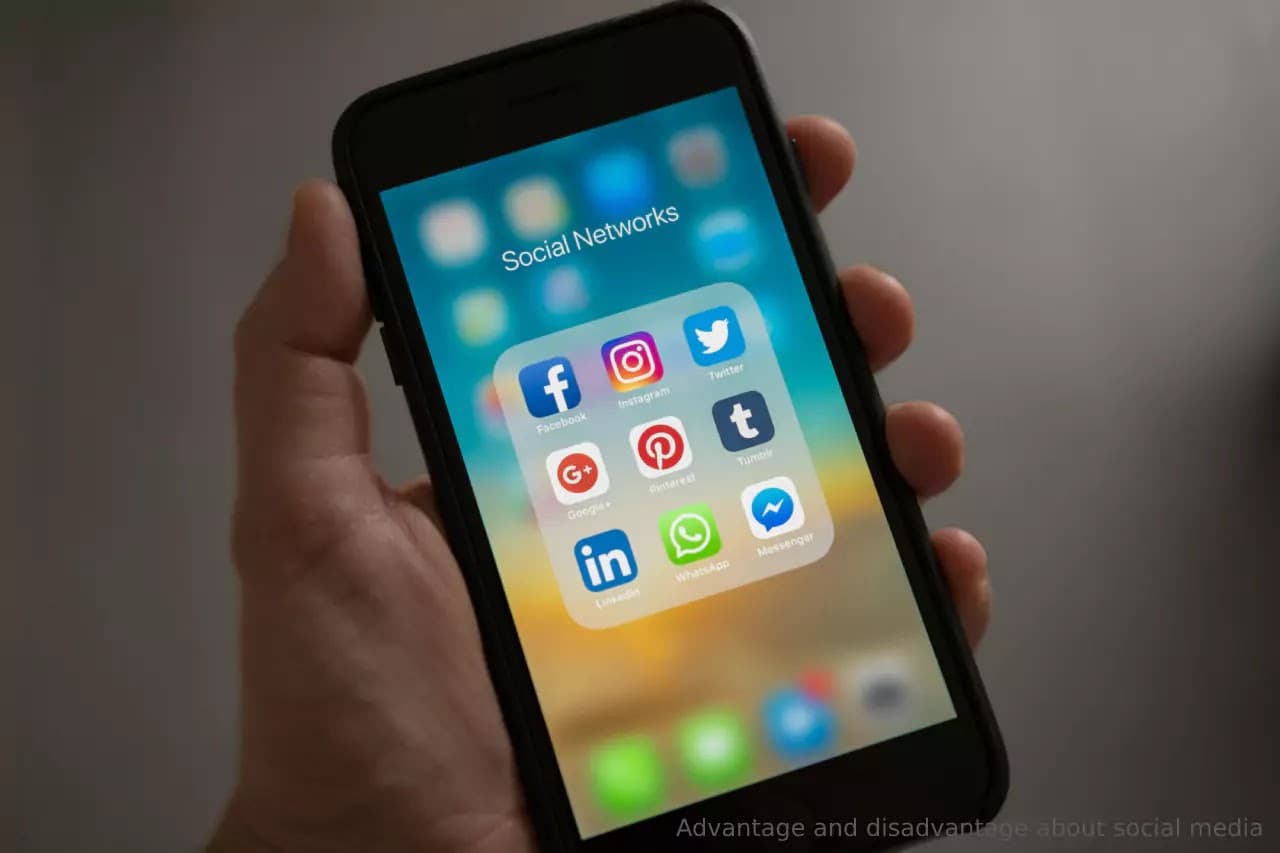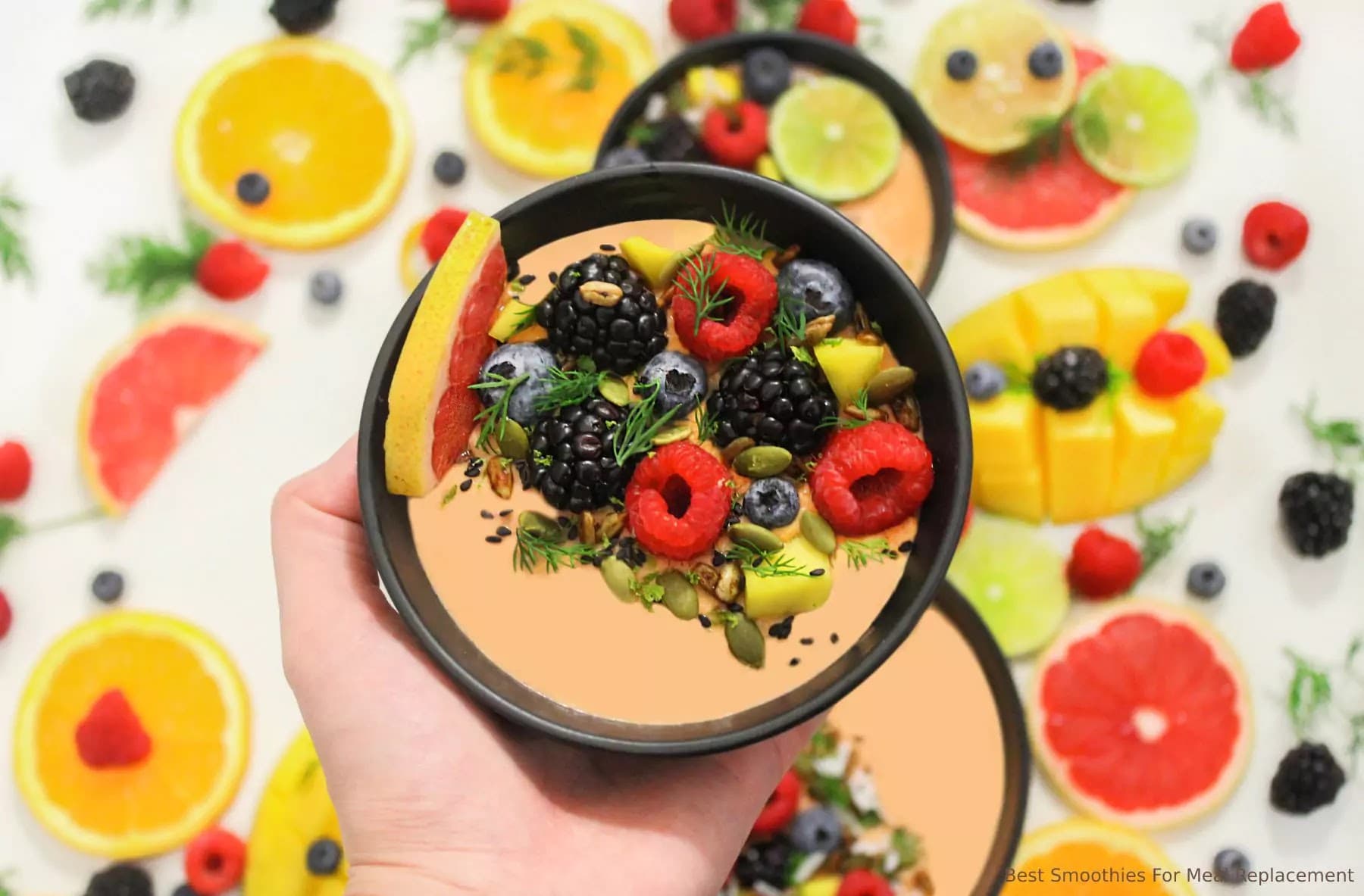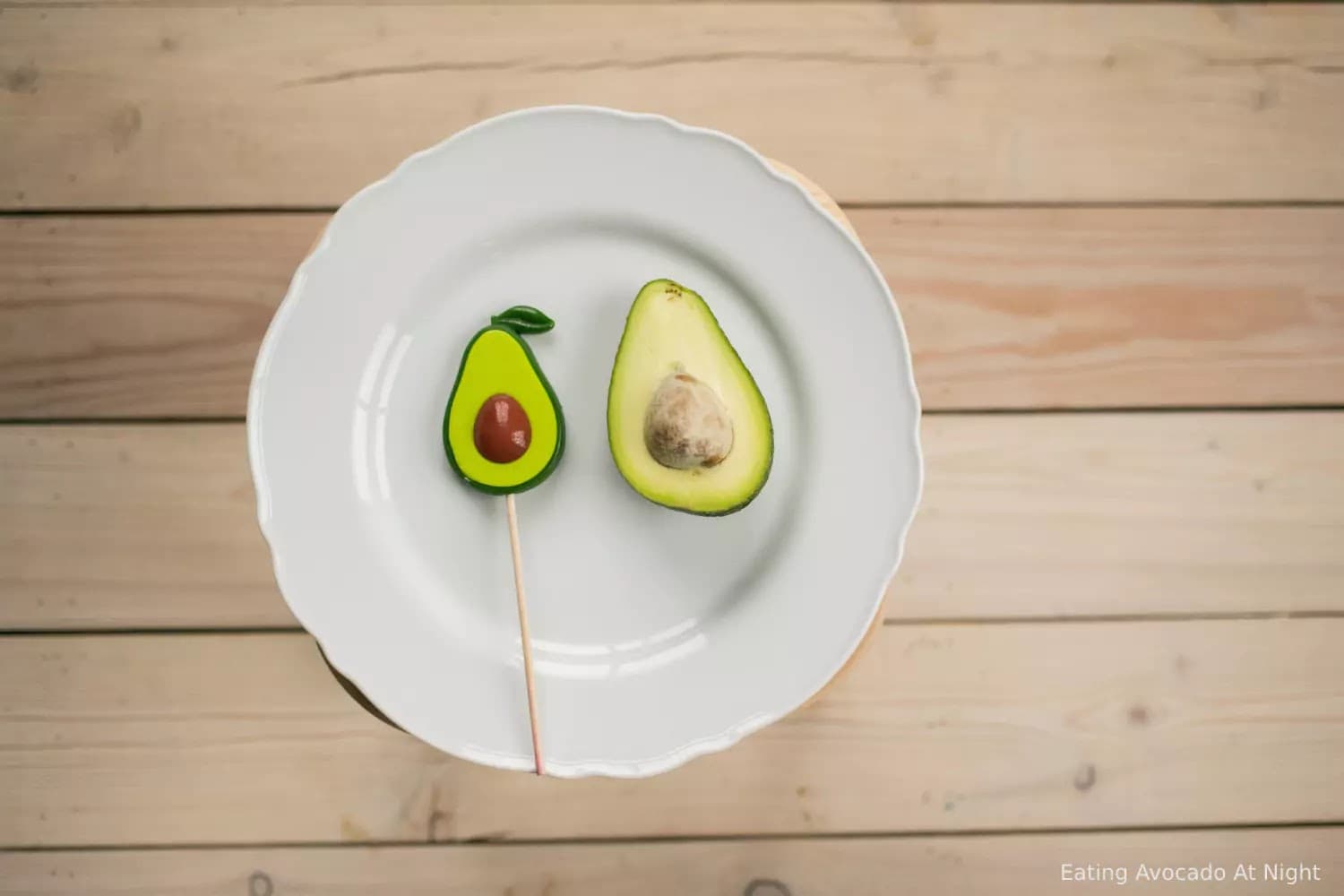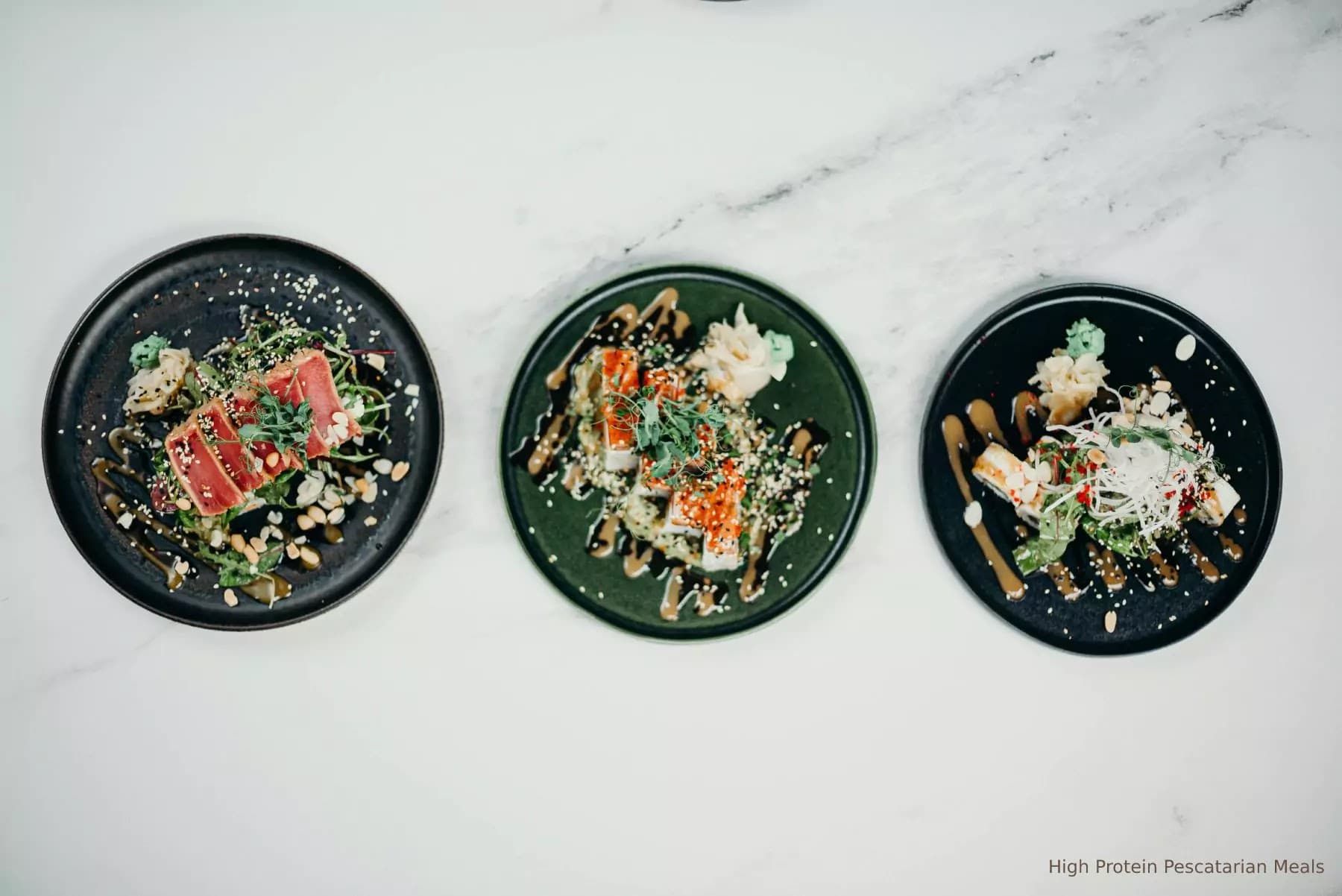Understanding Kinesthetic And Tactile Learners
Jul 27, 2024 12:00 AM
Relationship
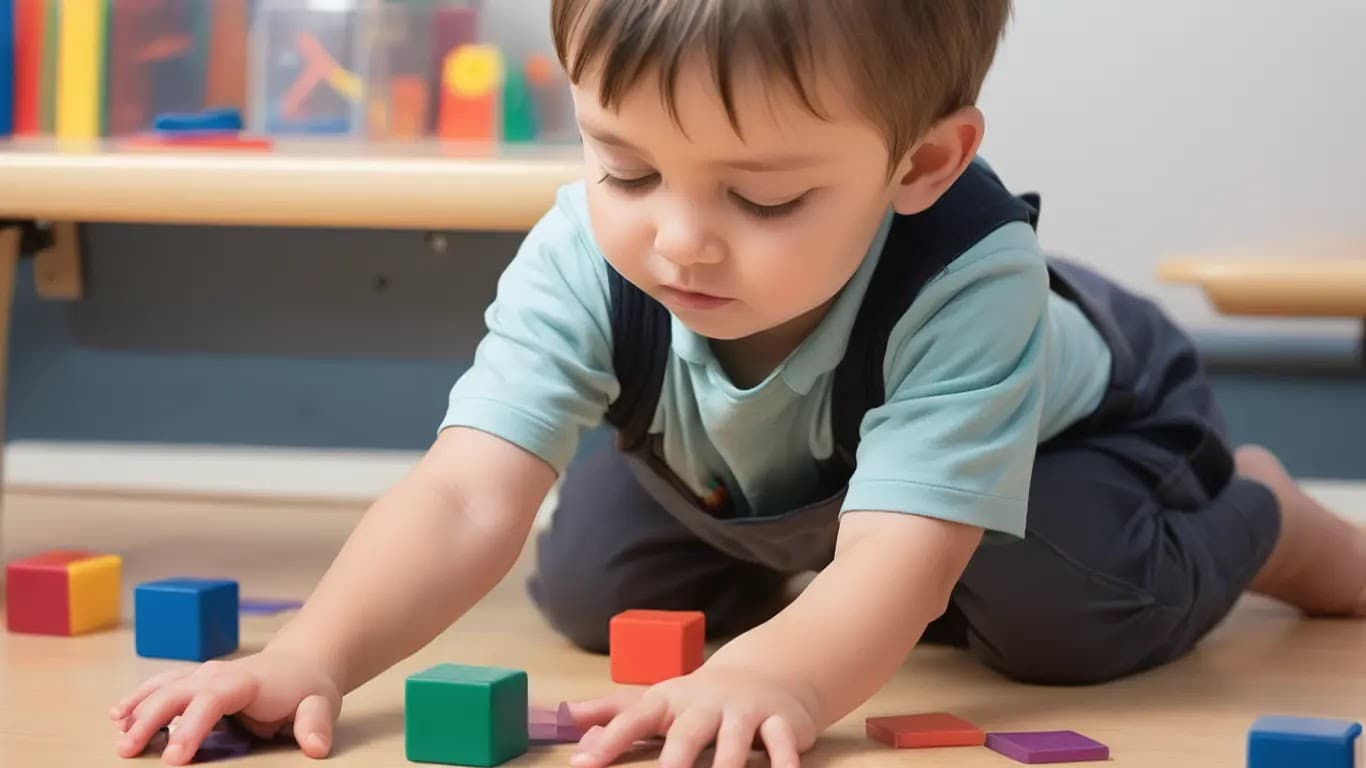
So, have you ever heard of the term "kinesthetic and tactile learners"? Well, these are the kinds of people who prefer learning while moving around or by handling things. Kinesthetic learners tend to enjoy learning while being active, using their hands or body to understand the material. Then there are tactile learners who really like learning while touching or holding objects.
For them, the material becomes more engaging when they can touch or handle it directly. So, if you have a friend who's a kinesthetic and tactile learner, they might enjoy learning while doing something or playing around with objects. It's not surprising that they might feel a bit restless in a class that's too monotonous.
Table of Contents
Kinesthetic and Tactile Learners Defined
Kinesthetic learners are people who are knowledgeable by physically moving and via active movement. They learn best by:
- Doing: Participation in activities that are conducted using the physical organs and the body readings like simulations, role-playing, and games.
- Experiencing: Through participation in a hands-on learning program, where they have an opportunity to interact with the material firsthand.
- Moving: Additionally, keeping movement breaks to stay focused and divert the energy into something more productive is also helpful.
The ones who are tactile learners are highly capable of achieving when they can use their five senses like touching, manipulating, and interacting with the materials they learn. They benefit from:
- Manipulatives: By using manipulations like blocks, puzzles, or modeling clay, children can touch and handle them and this helps them to understand better.
- Hands-on activities: Engaging in doing practical jobs and experiments with models, handicrafts, and science experiments made of varieties of textures.
- Multisensory experiences: The integration of images, sounds, and touch in activities, hence exemplification of a meaningful learning experience.
| Kinesthetic Learners | Tactile Learners |
| Learn best through movement and physical activity | Learn best by touching and manipulating objects |
| Thrive in hands-on experiences | Benefit from hands-on activities |
| Benefit from frequent movement breaks | Thrive in multisensory experiences |
| May struggle with sitting still for extended periods | May struggle with abstract concepts |
| Often energetic and expressive | Often detail-oriented and enjoy practical tasks |
Benefits of Understanding Kinesthetic and Tactile Learners
Recognizing and accommodating these learning styles offers numerous benefits for both students and educators:
- Improved Learning Outcomes: Personalized learning which focuses on students’ preferences is preferable because the engagement, motivation, and receptivity to new details augment learners’ knowledge therefore, the learning outcome is also improved.
- Empowered Learners: By encouraging students to approach their own tasks and assignments in a personalized way, teachers achieve that the students have a feeling of being the sole masters along their learning journey, developing an understanding of their own power and personal agency.
- Inclusive Learning Environment: Having a variety of ways in which learning is approached, as long as the different learning styles are taken into account, guarantees for an inclusive and equitable educational experience for all learners.
Teaching Strategies for Kinesthetic and Tactile Learners
Kinesthetic Learners
- Movement-based activities: Framework the classes by gamification, simulation, role-playing, and kinesthetic task design that are based on the understanding of the learning objectives.
- Frequent movement breaks: Permit fifteen-minute breaks of exercise here and there so that the lesson is not monotonous and the student is able to release the extra energy.
- Hands-on experiments: Develop interactive lessons that will involve real-time practices as students execute art designs physically and through the manipulation of materials.
Tactile Learners
- Manipulatives: Use actual objects such as puzzles, block models, or manipulatives that are specially designed for the subject matter.
- Hands-on activities: Design instructional units that use hands-on activities, crafts, and exploring as learning tools to enable the students to perform, manipulate and interact with the materials.
- Multisensory experiences: As for the visual, sound, and tactile learners, always make sure during the lesson to combine them using visuals, sounds, and textures to establish, more engaging as well as stimulating learning methods.
| Kinesthetic Learners | Tactile Learners |
| Movement-based activities | Manipulatives |
| Frequent movement breaks | Hands-on activities |
| Hands-on experiments | Multisensory experiences |

